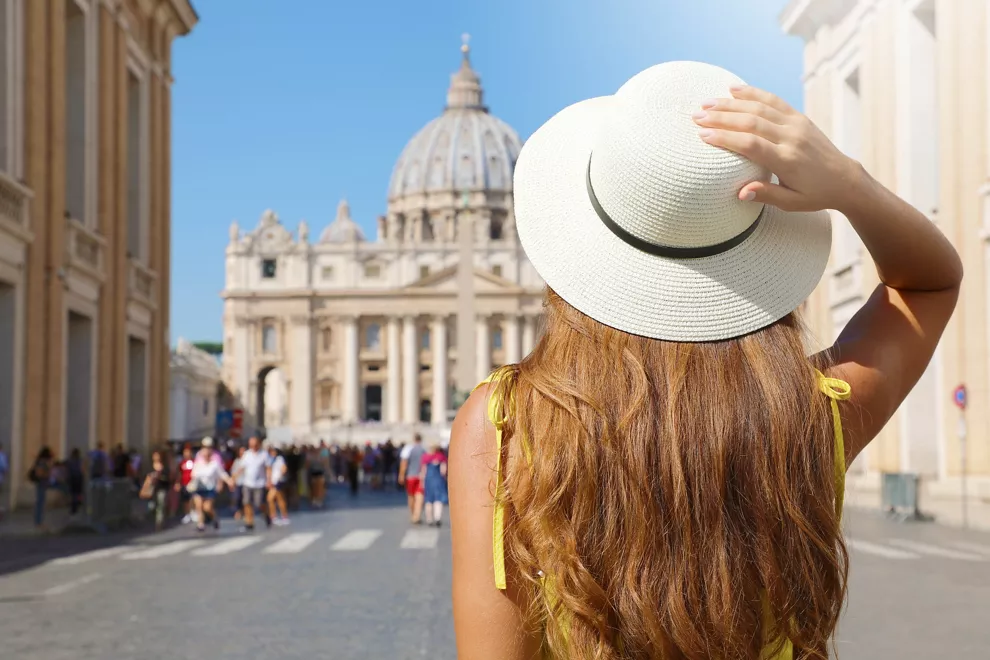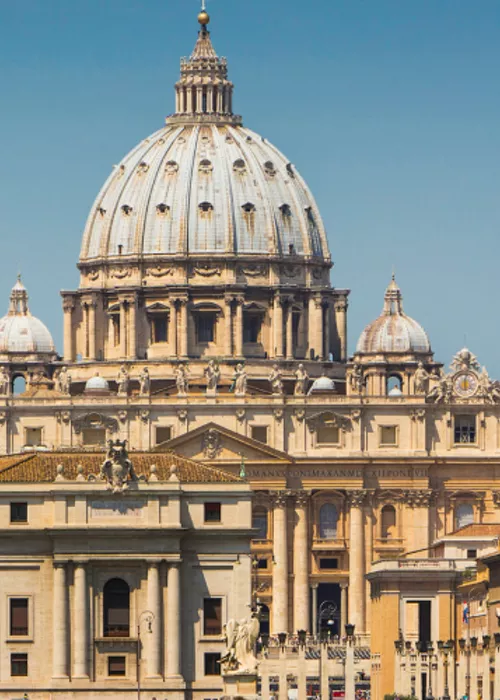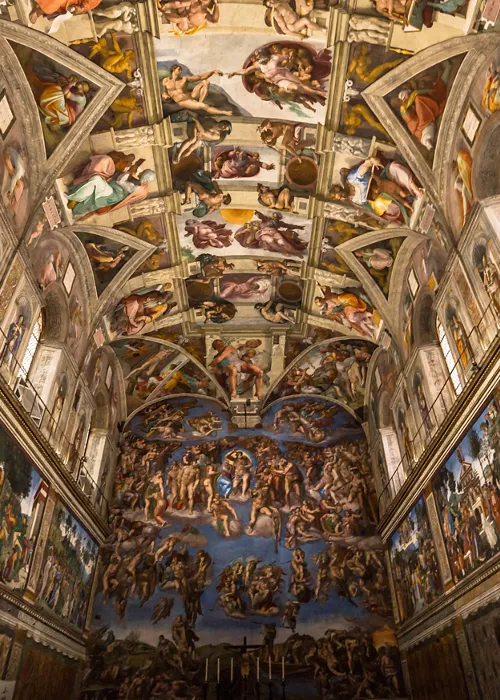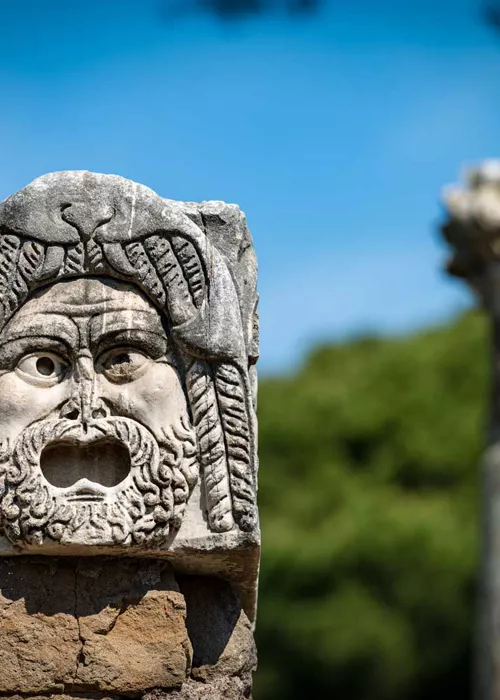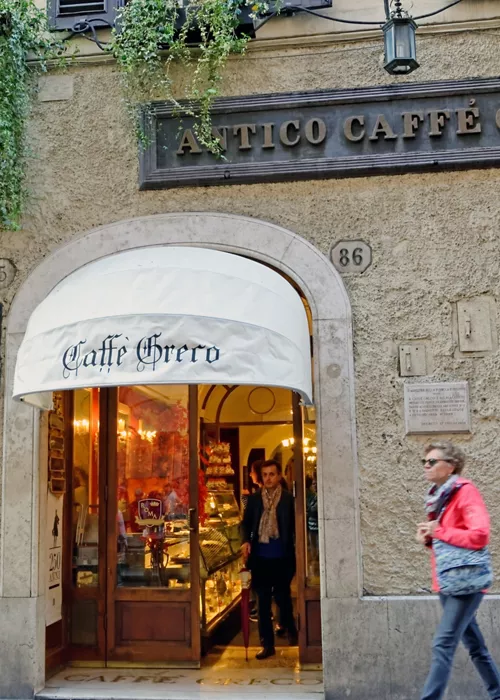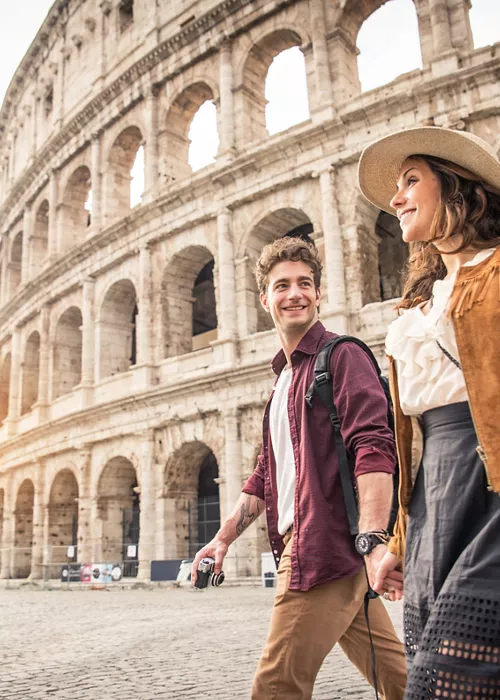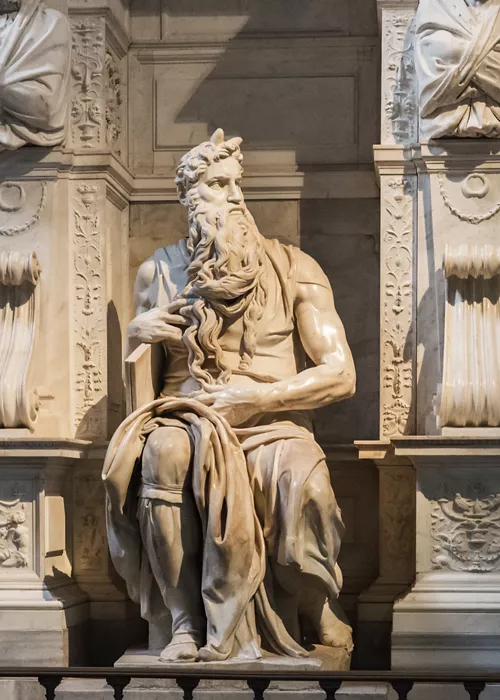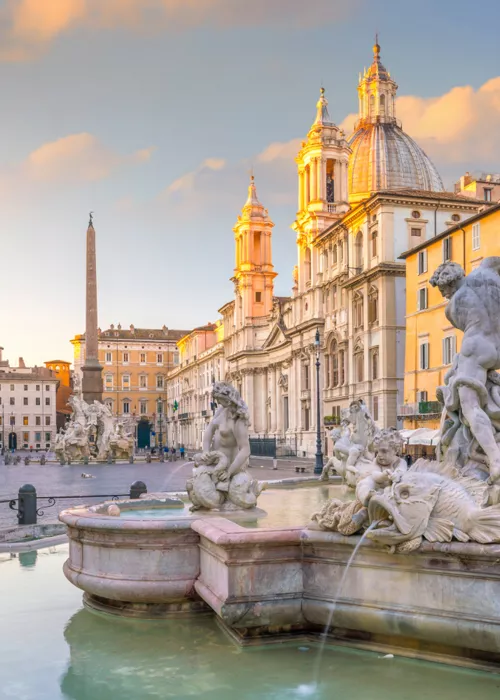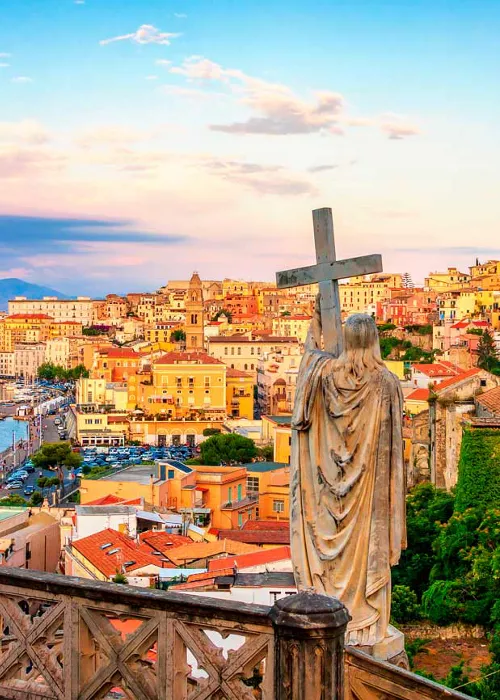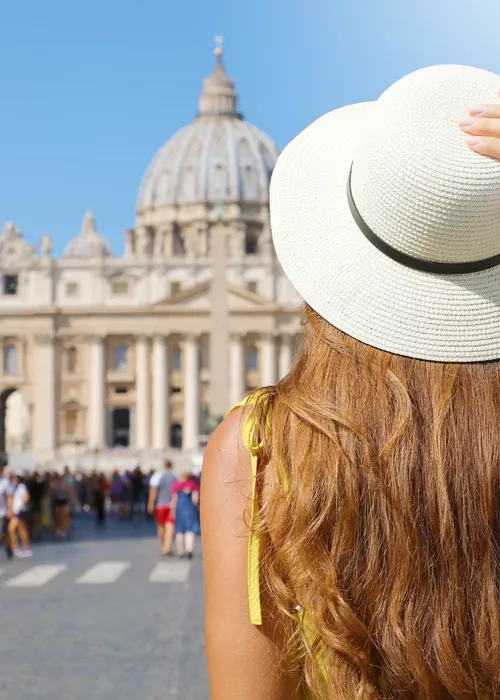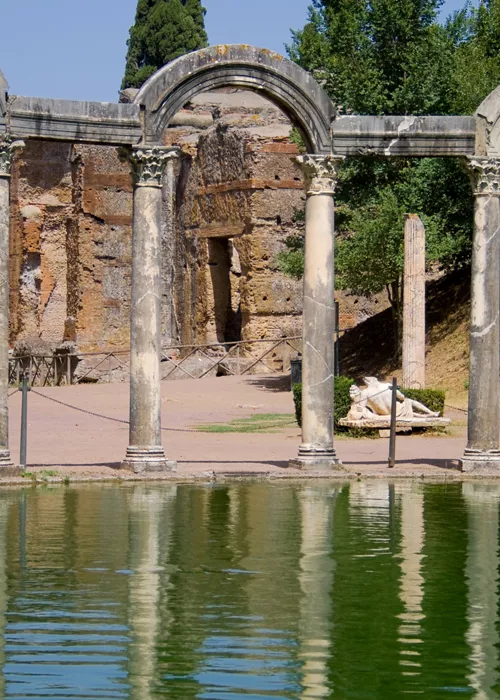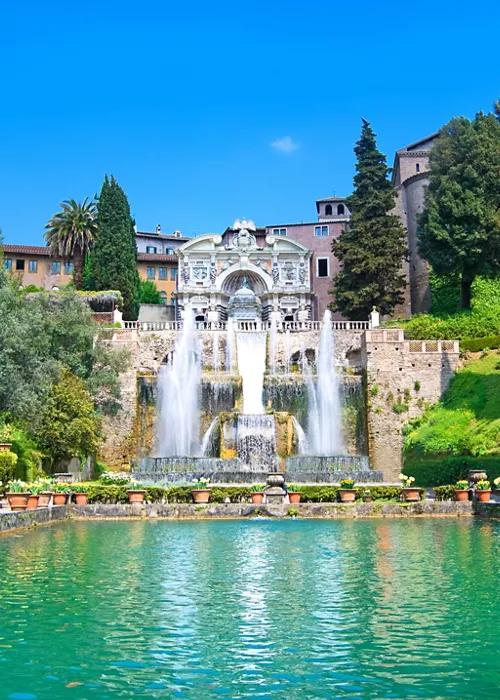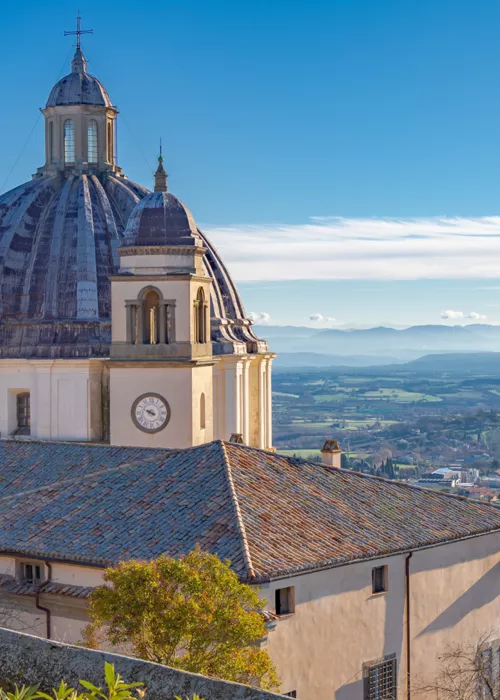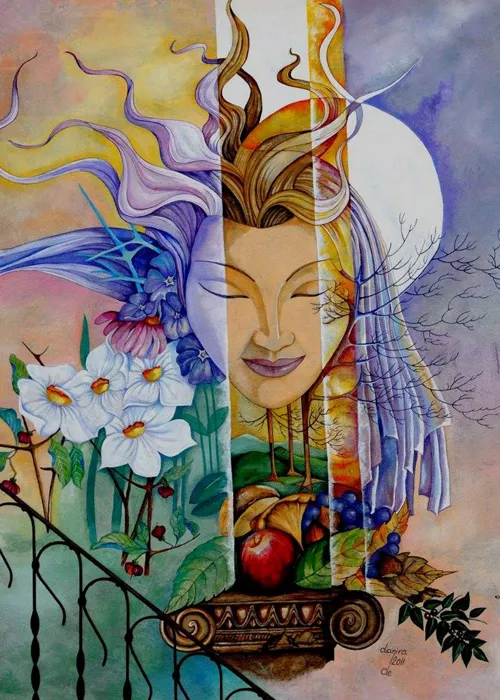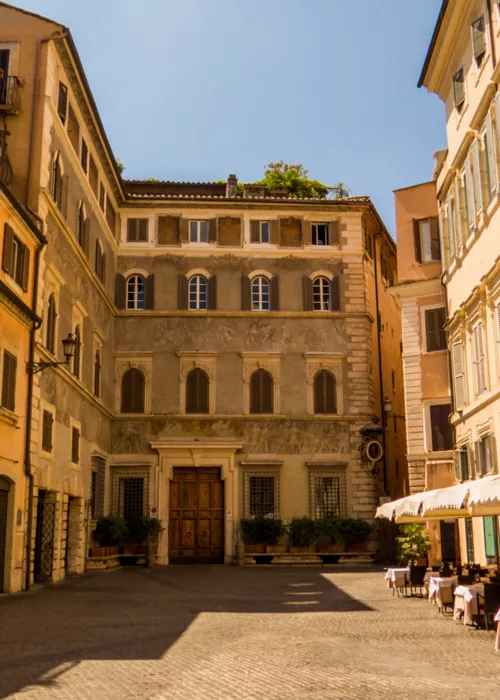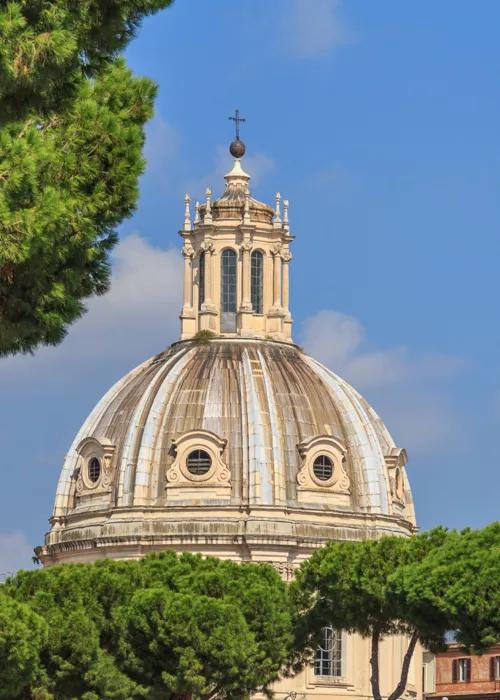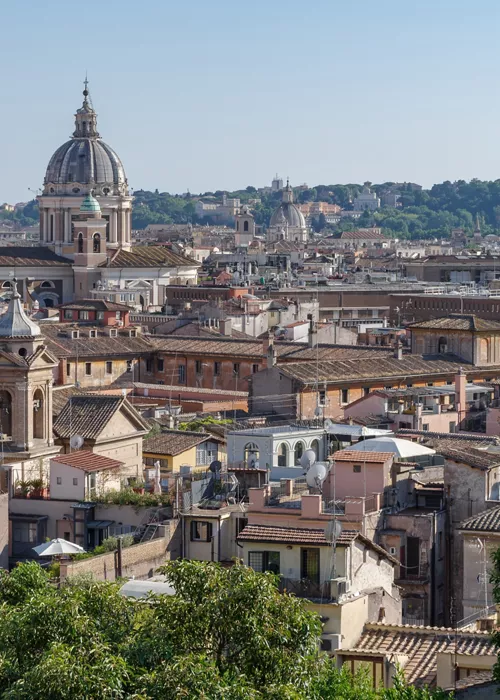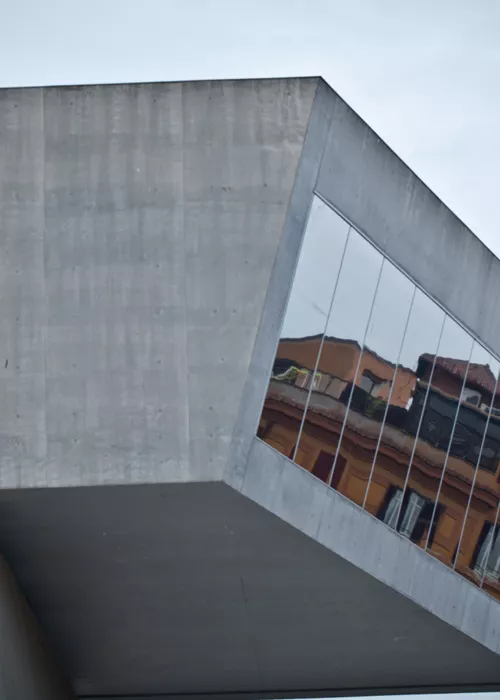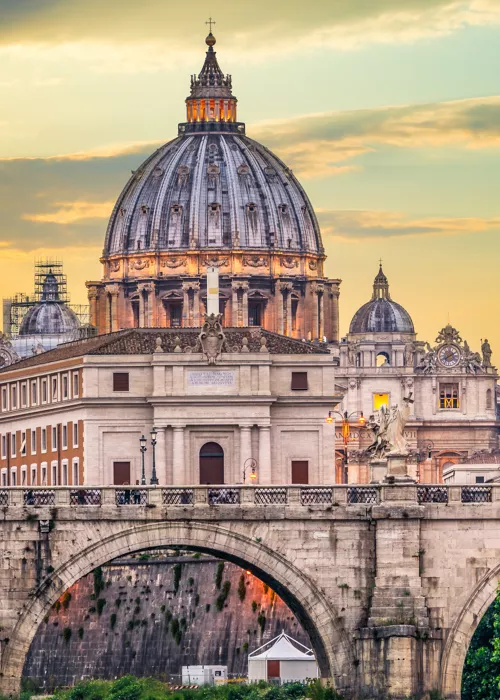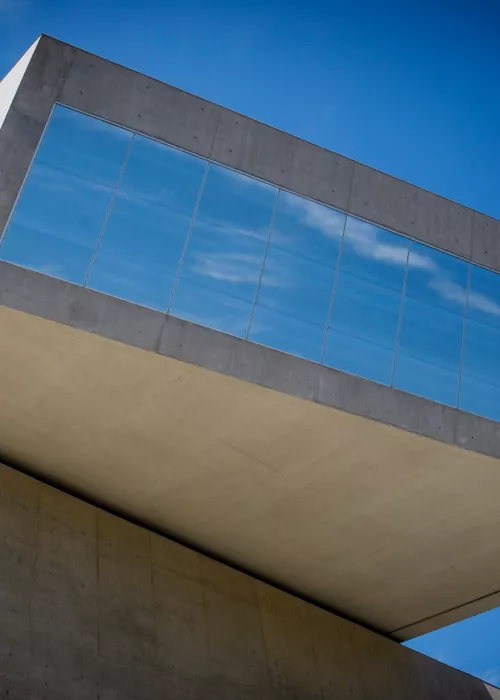The Vatican Museums and the Sistine Chapel, wonders second to none in the world
3 minutes
The Vatican Museums house one of the most important art collections in the world. A collection created by the popes throughout history with around 20,000 works of art, archaeology and ethno-anthropology on display, and more than 50,000 stored in the rich repositories.
The collections include masterpieces from the Egyptian, Etruscan, Greek and Roman civilisations, the Middle Ages and the Renaissance, through to contemporary art. The tour includes the works commissioned by the popes in the apostolic palaces, from Raphael's Rooms to the Borgia Apartment to the monumental Sistine Chapel.
25 centuries of beauty in the Vatican collections
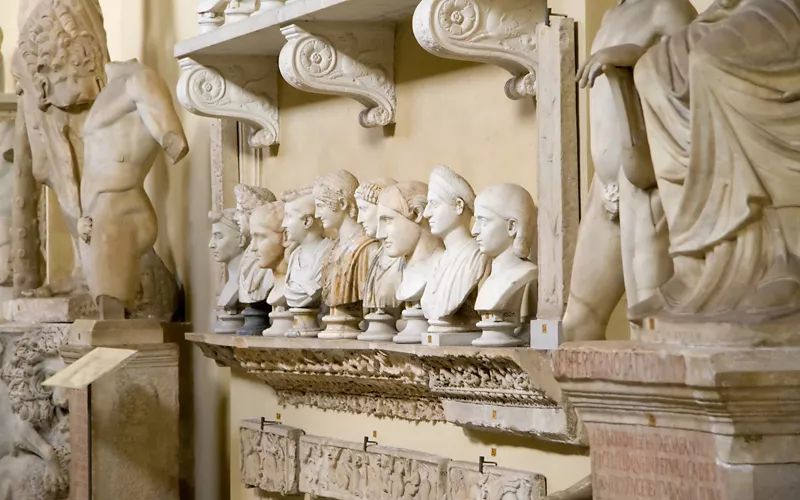
Founder of the Vatican Collections is considered to be Pope Julius II. In 1506 he exhibited his personal art collection to the public for the first time, which included the Hellenistic statue of Laocoon, found the same year on the Esquiline Hill in Rome and purchased by the pope at Michelangelo's suggestion, to be placed in what is now the Cortile dell'Ottagono.
Over the centuries, the collections of various popes have gradually been organised into the museum tour that is offered today, a visit to which requires at least one full day.
Not to be missed is the new Pinacoteca, created by Pope Pius XI in 1932 in a building commissioned by architect Luca Beltrami to preserve and exhibit over 400 works that until then had been scattered in different Vatican buildings.
The collection includes works by, among others, Giotto, Beato Angelico, Perugino, Raphael, Leonardo da Vinci, Titian and Caravaggio.
Those interested in ancient art will dwell above all on the precious collections of the Gregorian Museums, commissioned by Pope Gregory XVI (1831-46), with masterpieces of Egyptian, Etruscan and Roman art, and on those of Pius Clementine, the result of various acquisitions from archaeological excavations in the Roman and Latium territory and purchases from collectors and antique dealers.
The four Raphael Rooms were commissioned to the 25-year-old artist and his pupils by Pope Julius II between 1508 and 1525: one fresco for all, the famous School of Athens, one of the icons of the Italian Renaissance.
The Collection of Modern and Contemporary Art, which is largely housed in the Borgia Apartments with masterpieces by Pinturicchio, was the result of an initiative by Pope Paul VI: in 1964, the Brescian pontiff arranged a meeting with leading representatives of the art world in order to reconnect the church with contemporary artists.
Nine years later, the collection was inaugurated, which today comprises 8,000 works of painting, sculpture and graphics donated over time by several artists as well as public and private organisations.
Important names include Van Gogh, Bacon, Gauguin, Chagall, Kandinsky, Carrà, De Chirico, Dali and an entire room, created in 2011, with works by Henri Matisse donated by the artist's son.
Of particular interest is the ethnological museum Anima Mundi, which stems from the Vatican Exposition commissioned in 1925 by Pius XI to make known the cultural, artistic and spiritual traditions of all the peoples of the world: from that event a permanent collection was built up, supplemented by other works in the Vatican and gifts received from the various pontiffs, with objects ranging from pre-Columbian civilisations to those of African peoples, from Native Americans to Islam and Asian cultures.
La meravigliosa Cappella Sistina
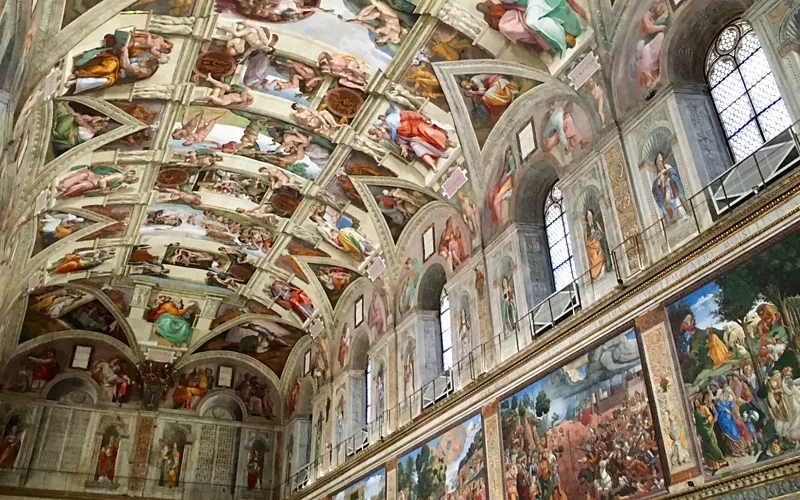
E veniamo alla Cappella Sistina. La sala dove, dalla fine del Quattrocento, si riuniscono in conclave i cardinali per eleggere il nuovo papa, è stata uno straordinario cantiere artistico dove hanno lavorato i maggiori pittori del tempo: Domenico del Ghirlandaio, Sandro Botticelli, Cosimo Rosselli, il Perugino, il Pinturicchio, Luca Signorelli e infine Michelangelo.
Prende il nome da papa Sisto IV, che decise di ristrutturare quella che si chiamava Cappella Magna negli anni 1477-80. Sarà suo nipote Giulio II a scritturare Michelangelo per rifare la volta con le Storie della Genesi (tra il 1508 e il 1512.
Una ventina di anni dopo, papa Clemente VII commissionò ancora a Michelangelo il Giudizio Universale che il pittore, ormai sessantenne, realizzò tra il 1536 e il 1541 sulla parete principale della Cappella. L’opera, con la quale Michelangelo “sconvolse la storia dell’arte italiana”, creò clamore e scandalo, non solo per i corpi “ignudi” anche del Cristo e dei santi, ma per aver innovato il linguaggio pittorico dell’arte rinascimentale, introducendo figure pagane, raffigurando angeli senza ali e santi senza aureole in una composizione libera, senza schemi.
Alla morte di Michelangelo, in piena Controriforma, a Daniele da Volterra fu assegnato il compito di dissimulare le oscenità, dipingendo le “braghe” per coprire i nudi considerati più osceni, in parte cancellate nel corso di successivi restauri per restituire l’opera michelangiolesca nella sua originalità.

